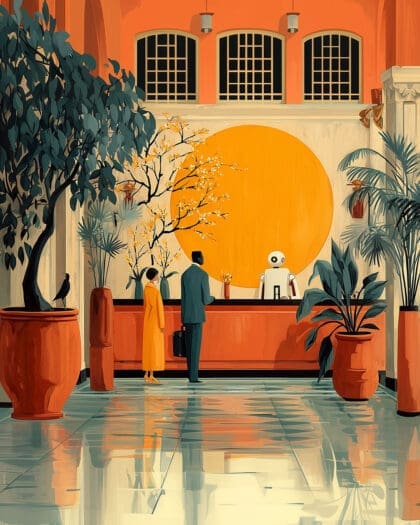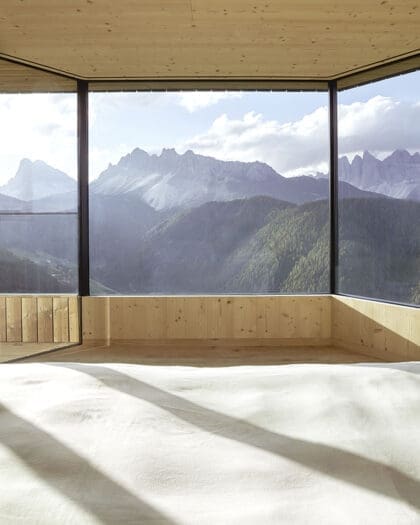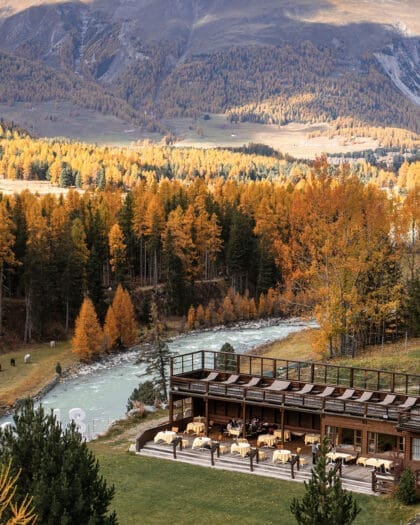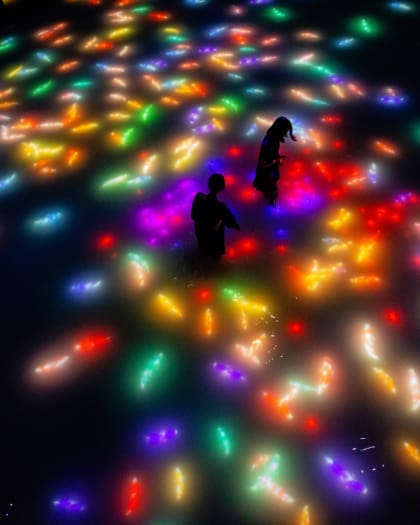
Why is everyone talking about… immersive art?
A global explosion of immersive exhibitions and installations are transforming the way we engage with art. As more artworks shift from gallery walls to a multitude of digital forms, what explains this recent boom and where is it heading next?
What started as a trickle is now a flood – immersive art is an inescapable part of our cultural fabric. Interactive tributes to Van Gogh, Da Vinci and Monet have become touring sensations, while digital art venues have gone from disruptive outliers to big business, with new-wave institutions from Tokyo to Toronto setting wildly impressive attendance records. Meanwhile, more traditional art institutions have had to play catch up, reconfiguring their offering to reflect this seemingly unstoppable shift in the way we consume art.
But when did art start leaping off gallery walls? The concept of “immersion” has never been far from the minds of artists, notably Marcel Duchamp, James Turrell, Andy Warhol and Yayoi Kusama – whose Infinity Mirror Rooms, recently shown again at London’s Tate Modern, first emerged in the 1960s. However, digital art has mushroomed since the turn of the millennium, with the possibilities afforded by artificial intelligence, virtual reality and the metaverse propelling it into the mainstream.
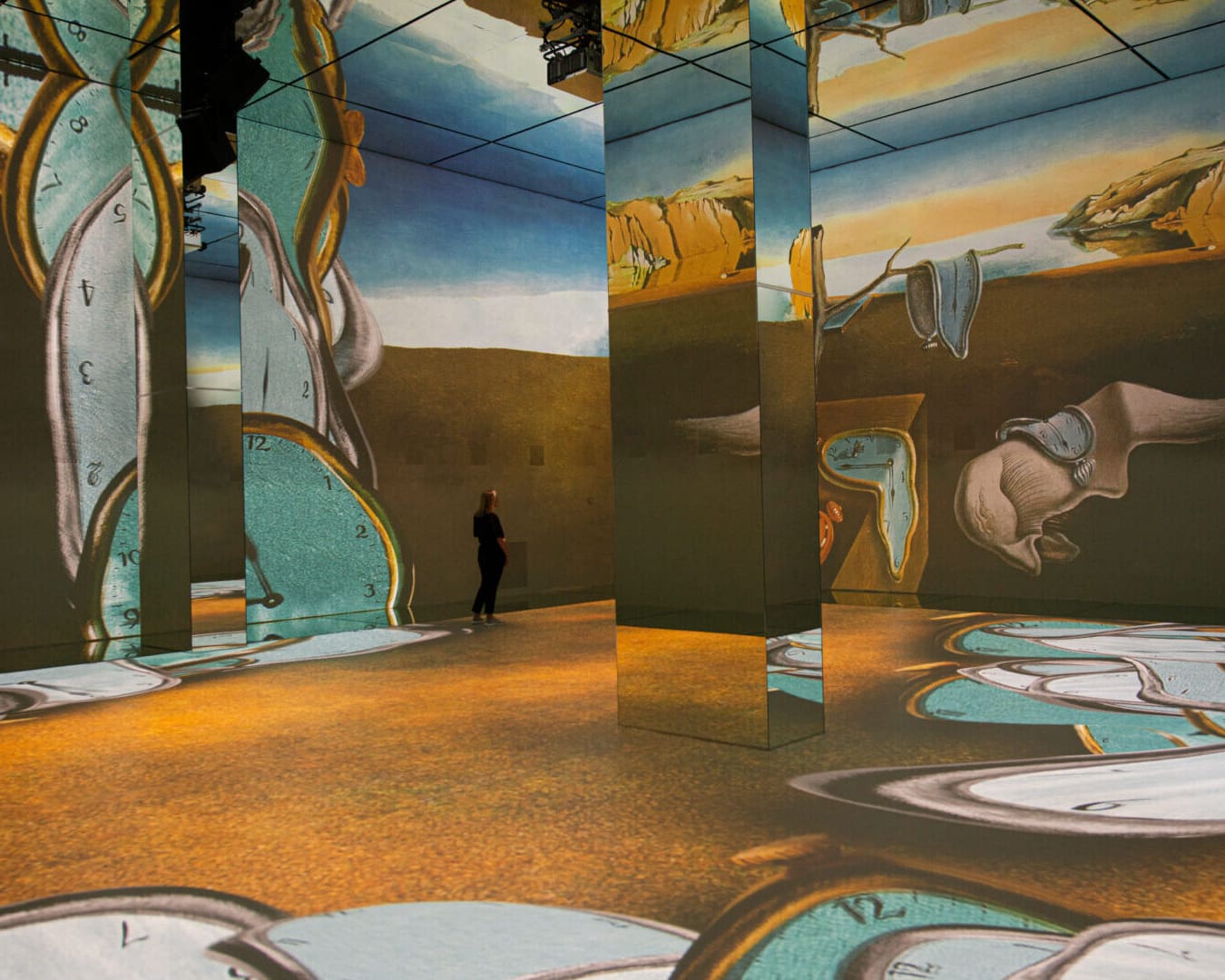
Today, a raft of digital-led experiences – whether interactive reinterpretations of iconic artworks, hologrammed pop stars, brand activations or bespoke installations – have added high-tech impetus to our cultural landscapes. “We want to nurture a new generation of art enthusiasts, says Rosie O’Connor, curator at Frameless, a London ‘immersive art experience’ that puts a multisensory spin on famous artworks, such as Hokusai’s The Great Wave or Canaletto’s View of the Grand Canal. “In 2024, audiences are increasingly drawn to interactive, engaging content that mirrors how they consume culture – visually, digitally, and experientially.”
Why it’s hot…
The past couple of years have seen an explosion of high-profile institutions showcasing digital art or reinterpreting existing pieces through new mediums for a fervent audience. In Tokyo, teamLab Planets, an immersive exhibition encouraging barefoot exploration of its lush animated realms, set a Guinness World Record for attendance, welcoming more than 2.5 million visitors in its debut year. Already a major player in the immersive art world, with venues across Asia, the Middle East and the US, teamLab – the Japan-based art collective comprising designers, animators, engineers and mathematicians – has plenty more locations on the horizon, including teamLab Phenomena – a striking 17,000 sqm venue in Abu Dhabi’s new Saadiyat Cultural District.
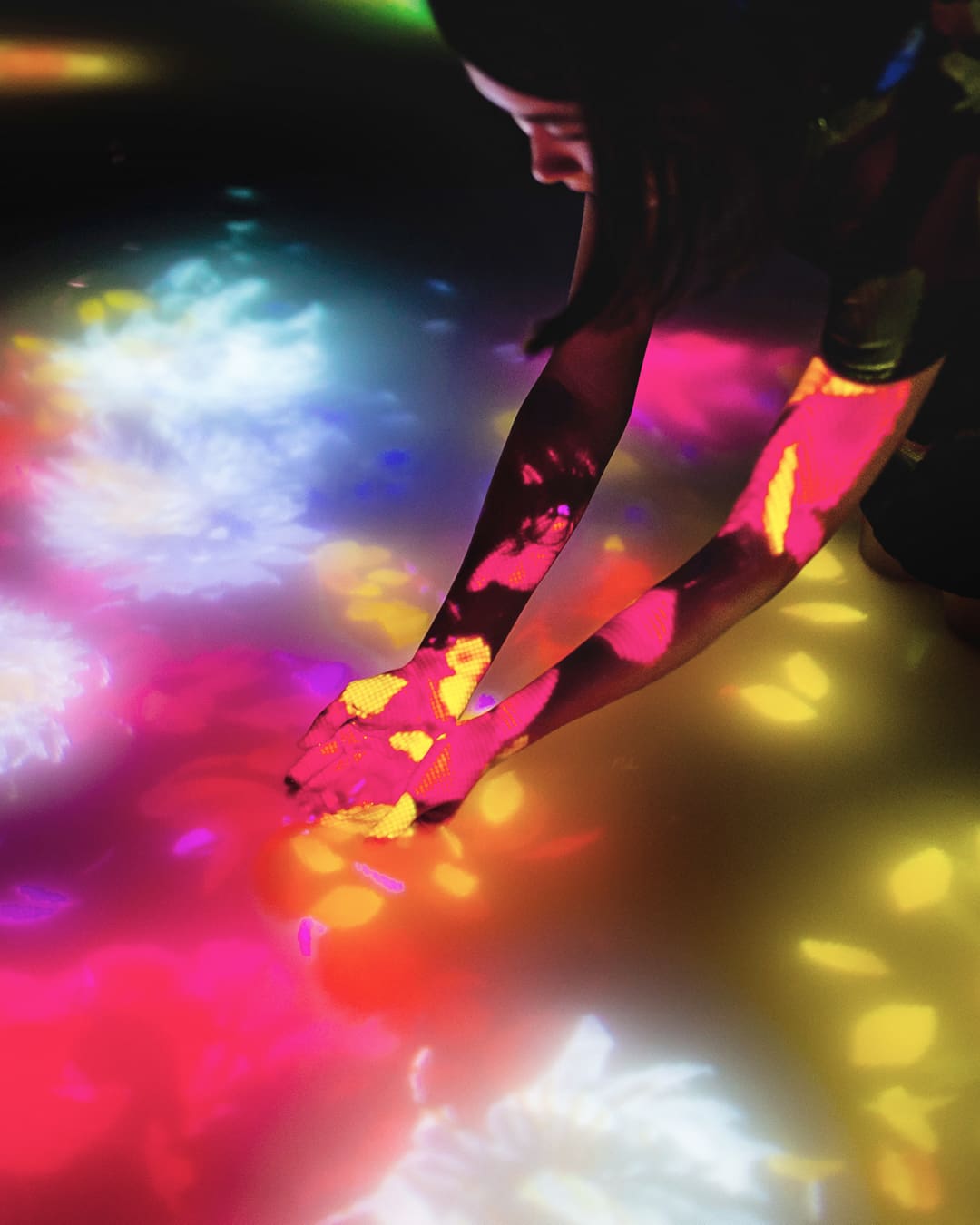

In London, The Outernet is a glitzy immersive space spanning art, music, film and commerce, and has posted visitor numbers that outstrip those of the nearby British Museum since launching in 2022. This summer, Lego turned heads with the launch of Superpower Studios in Paris, which brought playfulness to the fore with an immersive exhibition in the historic La Gaîté Lyrique theatre. “We broke away from the traditional ‘look but don’t touch’ art gallery experience to reimagine this space as an interactive playground where visitors don’t just observe – they build, create, and engage,” says Alero Akuya, vice president of global brand development at the Lego Group.
The same city’s Musée d’Orsay ran a Van Gogh last year hooked around AI and immersive VR experiences. Although the show, which saw visitors don a headset to traverse the works and palettes of the Dutch artist, didn’t impress the Parisian art press, the exhibition broke all previous attendance records.

What to expect…
It’s a familiar theme: critics remain divided – many seeing immersive art as social media-fuelled gimmicks tailored to an audience shorn of concentration span; entertainment rather than serious artistic endeavour. Yet according to Kim Logchies Prins, co-founder of Moco Museum, which has outposts in Amsterdam, Barcelona and London, immersive exhibitions tap into audiences’ desire for deeper, more engaging interactions with art. “Over the years, I’ve seen how people crave experiences that go beyond passive observation,” she says. “Immersive art offers a space where viewers can step inside the artwork, becoming participants rather than mere spectators.”
In contrast to more linear, conventional exhibition experiences, new wave immersive institutions often employ audio-visual and augmented reality elements to bring artworks to life in often surprising ways. “We don’t force anything on the audience. Our installations can mean all things to all people. How you are going to feel is very much up to you when you are there,” says Takashi Kudo of teamLab. “We are making original art using tools that haven’t really been categorised yet. But like any other artist, we are seeking to express something that we cannot explain with words.”
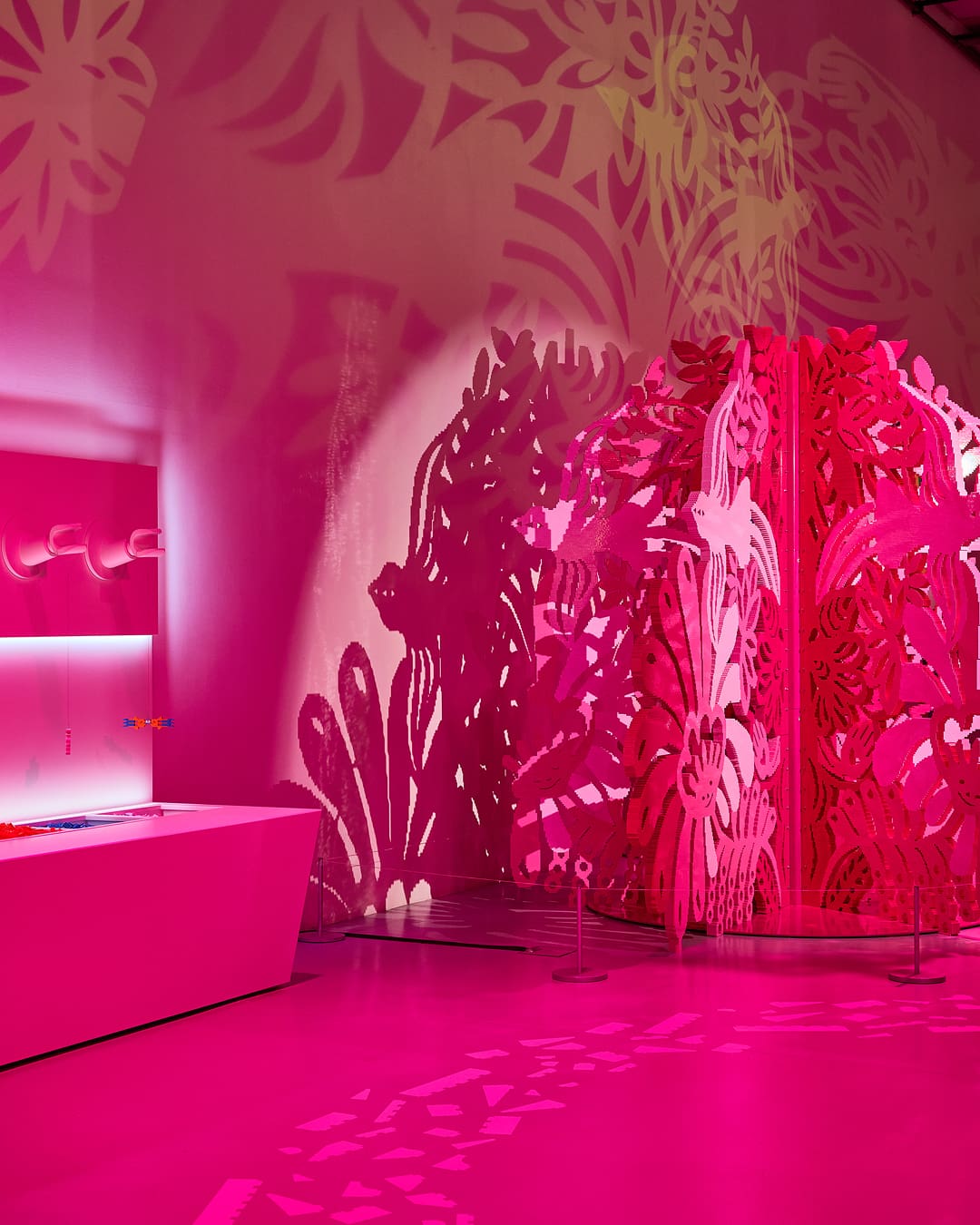
Don’t miss…
While immersive digital art can be found in most major cities these days, a fascinating new exhibition at London’s Tate Modern offers an insight into what preceded it. Running until June 2025, Electric Dreams examines the artists who used machines and algorithms to create mind-bending art between the 1950s and the 1990s. Expect to see early adopters of optical, kinetic, programmed and digital art, highlighting the pioneers in search of new ways to engage our senses and play with the power of perception.





